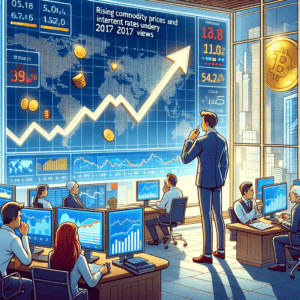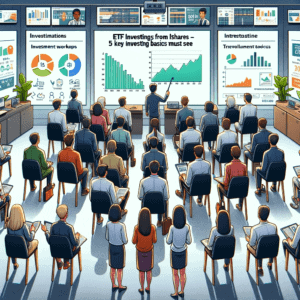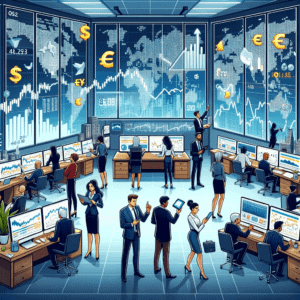How to invest when interest rates are low? David Hillmeyer of Delaware Investments has some ideas in his report, Great Risk Rebalance – Adjusting to a Sustained Low-Yield Environment.
How to Invest When Interest Rates Are Low – A Summary
- As interest rates have dropped, bond prices have soared driving total returns on bond investments.
- Central banks have driven rates lower with unprecedented stimulus.
- Low-interest rates have caused many investors to abandon safer fixed income assets and invest in higher risk, higher yielding investments.
- High-yield bonds and dividend-paying stocks are examples of popular investment destinations.
- Aging populations remain an important force underlying not only this shift but also an increase in savings.
- The hunt for yield is shared by individual investors and institutions around the world. To meet their long-term financial goals and liabilities, they must assume more risk to get the same return.
- Active investment in fixed income assets may be one way to achieve higher returns. Investing across multiple asset classes, geographies, durations, and currencies could be one strategy that increases yields in such a period.

Key Commentary from the “Great Risk Rebalance – Adjusting to a Sustained Low-Yield Environment”
Central Banks Have Driven Rates Low and Even Negative
Central banks have engaged in unprecedented levels of money supply management, purchasing bonds, and even stocks, in hopes of stimulating the economy. Many informed investors consider that negative interest rate policies by central banks are foolish and short-sighted attempts to provide centrally-planned stimulation for over-indebted consumers and governments.
“Unorthodox monetary policies, low and negative rates, and more have led to the hunt for yield, bringing investors further and further out on the risk spectrum.”
“Today, with ultralow short-term interest rates—rates that have even gone negative in a number of economies—the traditional investing roles don’t seem to apply. More investors are tending to look to bonds for potential appreciation and to equities for income.”
Investors Naturally Seek Higher Returns When Interest Rates Are Low
Artificially-induced low-interest rates naturally cause investors to chase yield. Dividend paying bonds may have better yields than fixed income, but they may be riskier.
And when investors do find higher face-value returns, they do not necessarily understand the risk that they are taking.
“Meanwhile, investors have flocked to certain equities for the bond-like qualities of steady payments—particularly those known for their dividends.
“At the same time, other central banks that have instigated negative rates, such as the ECB and BoJ, have engaged in such unprecedented stimulus that some observers feel it may be difficult for them to reverse course and simply start raising rates.”
Driving down yield and interest rates not only causes major investing shifts, it creates consumer, corporate and government dependency upon low borrowing rates. Consumers borrow at low rates to purchase homes at higher prices. Corporations borrow money to repurchase their shares. Governments spend in excess of tax collections.
“Like moths to a light, the more capital that rushes into these assets, the dimmer their prospects seem to become.
“In a world of unprecedented monetary policies pushing interest rates to even subzero levels, the central banks’ actions are intended to encourage borrowing
and spur economic activity.
Reducing Rates May Not Actually Stimulate After All
Ironically, low-interest rates may actually cause investors to save more. After all, these people still need to accumulate enough to retire, in spite of low guaranteed returns.
Low-interest rates also cause corporations to defer investment. Why invest in machinery and equipment when the company can repurchase its own stock?
“But while a U.S. fiscal stimulus program would likely translate into an improvement of growth domestically, there still are significant hurdles for the larger growth picture. Underlying structural headwinds to global growth—including excessive debt, aging populations changing the demographics, falling productivity, and wealth inequality—would still need to be met.”
It’s not a given that government spending will meaningfully stimulate economic growth.
You may also want to read this CEO’s thoughts about what happens when interest rates rise.



